M20 Pobeda: Jumpin’ Jack Flash is a GAZ GAZ GAZ…
Images: Retro Albania
Russian cars have never been that commonplace in India, although a few Volgas, Moskvitchs and Ladas have made it to our shores, mostly imported by the Russian embassy and consulates in the metropolitan cities. Sadly, very few are known to survive. The rarest of them all though, is the GAZ M20 Probeda—one of the very first Russian cars made—and I have never heard of one in India ever (but do correct me if I am wrong!).

The Pobeda M20 was the first post-war car from the Russian car manufacturer GAZ, which is short for Gorky Avto Zavod, or the Gorky automobile plant. Produced from 1946 to 1957 in the USSR, it continued its ‘career’ in Poland until 1973, with a somewhat modernized bodywork, under the branding of FSO Warszawa.
A van version called the GAZ Pobeda BR was also made, as well as convertibles, and eventually a 4x4 (which is claimed to be the first monocoque 4x4 ever). Most interestingly, vehicles were also made in Greece, produced by Petropoulos, mainly for the army.
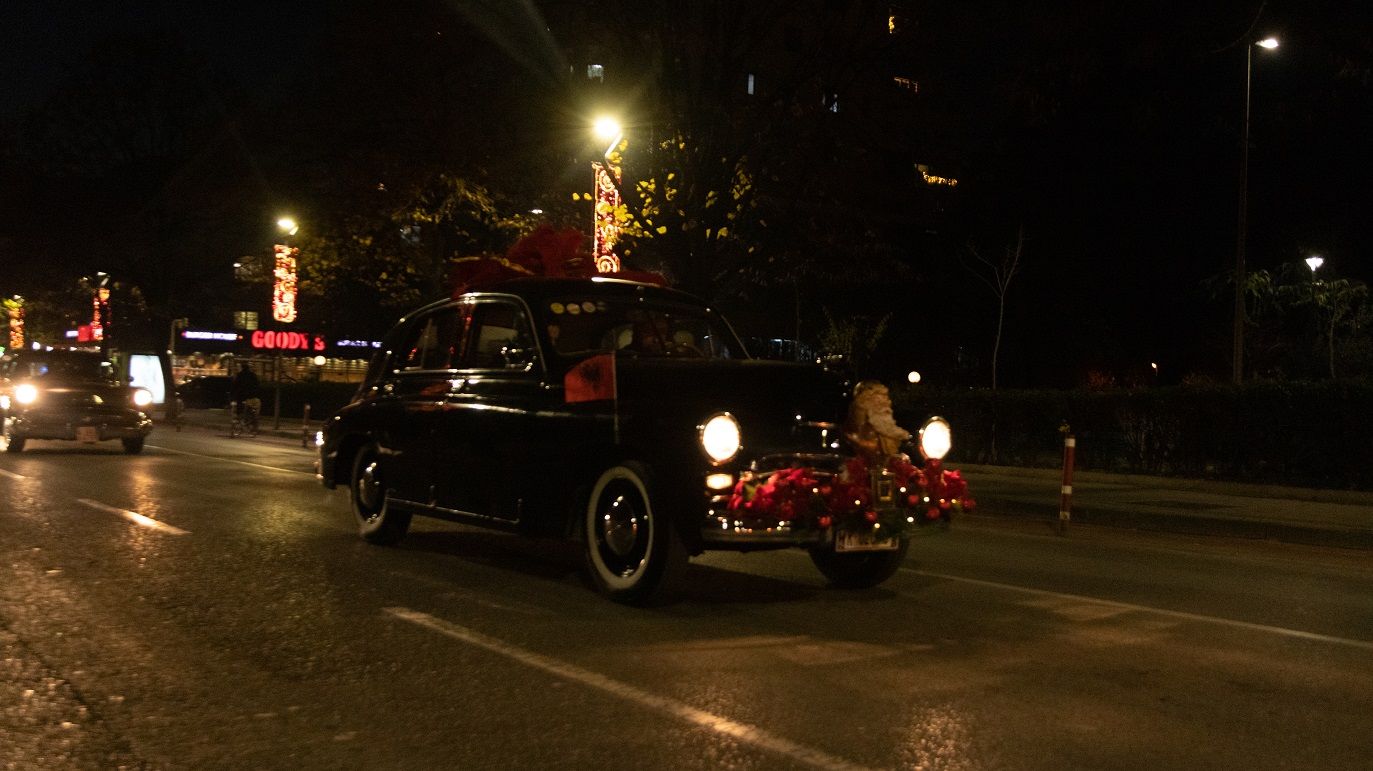
It was in December 1941 when the design office of Gorky received the order to design an all-new model, which could meet the needs of the USSR—which meant a car that could be easily maintained and could be used on the terrible roads of that huge country.
The design project of this model continued during the war and the first prototype was completed in November 1944. Apart from a few details (the doors, finish, etc.), the prototype was almost identical to what went into eventual production. Powering the car was a rather underwhelming four-cylinder engine that developed barely 50bhp from a displacement of 2112cc.
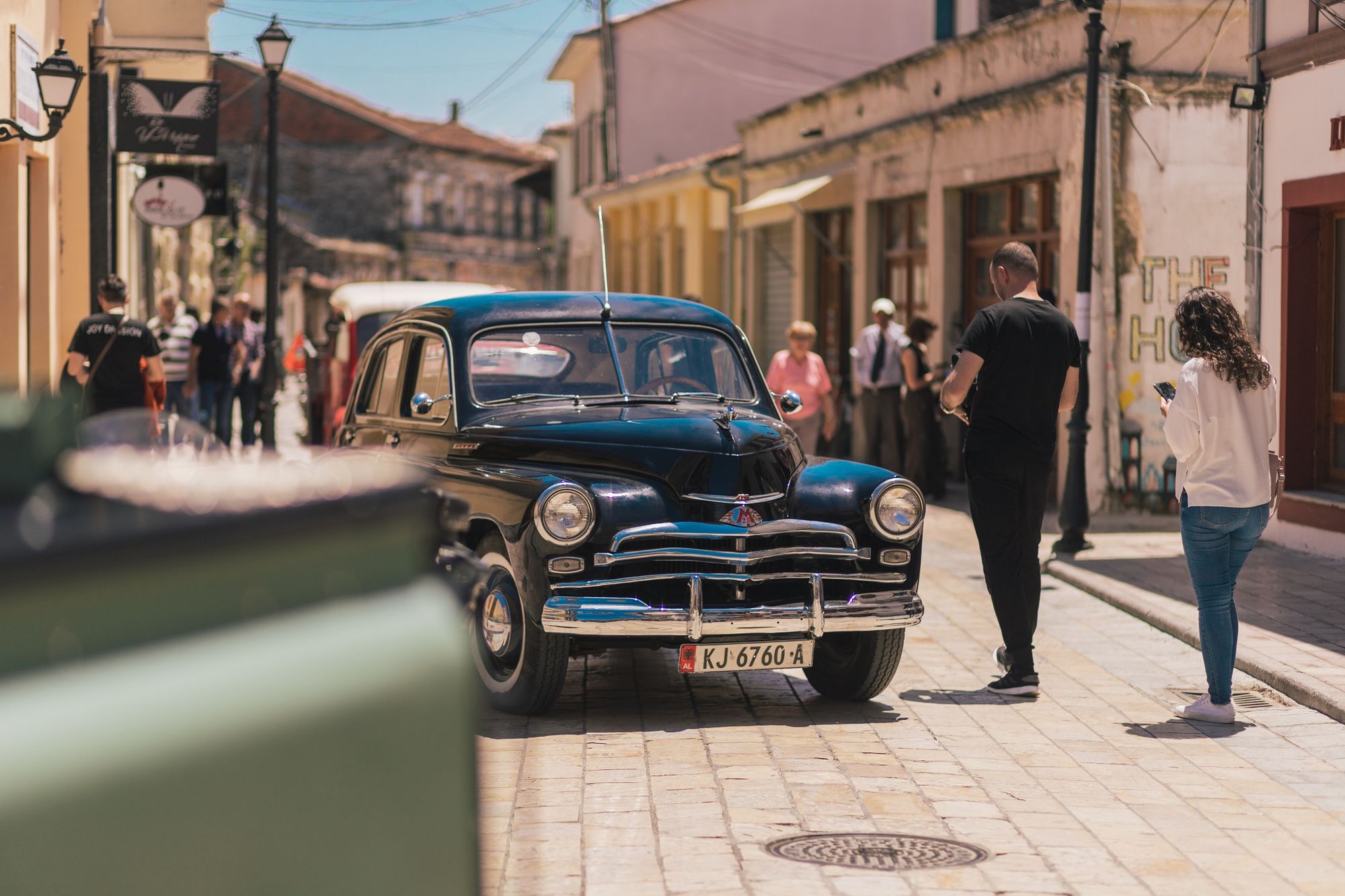
The prototype from GAZ was presented to Joseph Stalin on 19th of June 1945. The brand name proposed by GAZ originally was Rodina, or motherland, in Russian. The fallback option was Pobeda, which meant victory, and that was the one preferred by Stalin. ‘How much does a homeland cost?’ couldn’t be the kind of questions future customers would ask…
The model designation of M20 came from Molotovets, as the GAZ factory was named after Vyacheslav Molotov, Soviet Russia’s former premier, who is better known for the ‘explosive cocktail’ named after him.
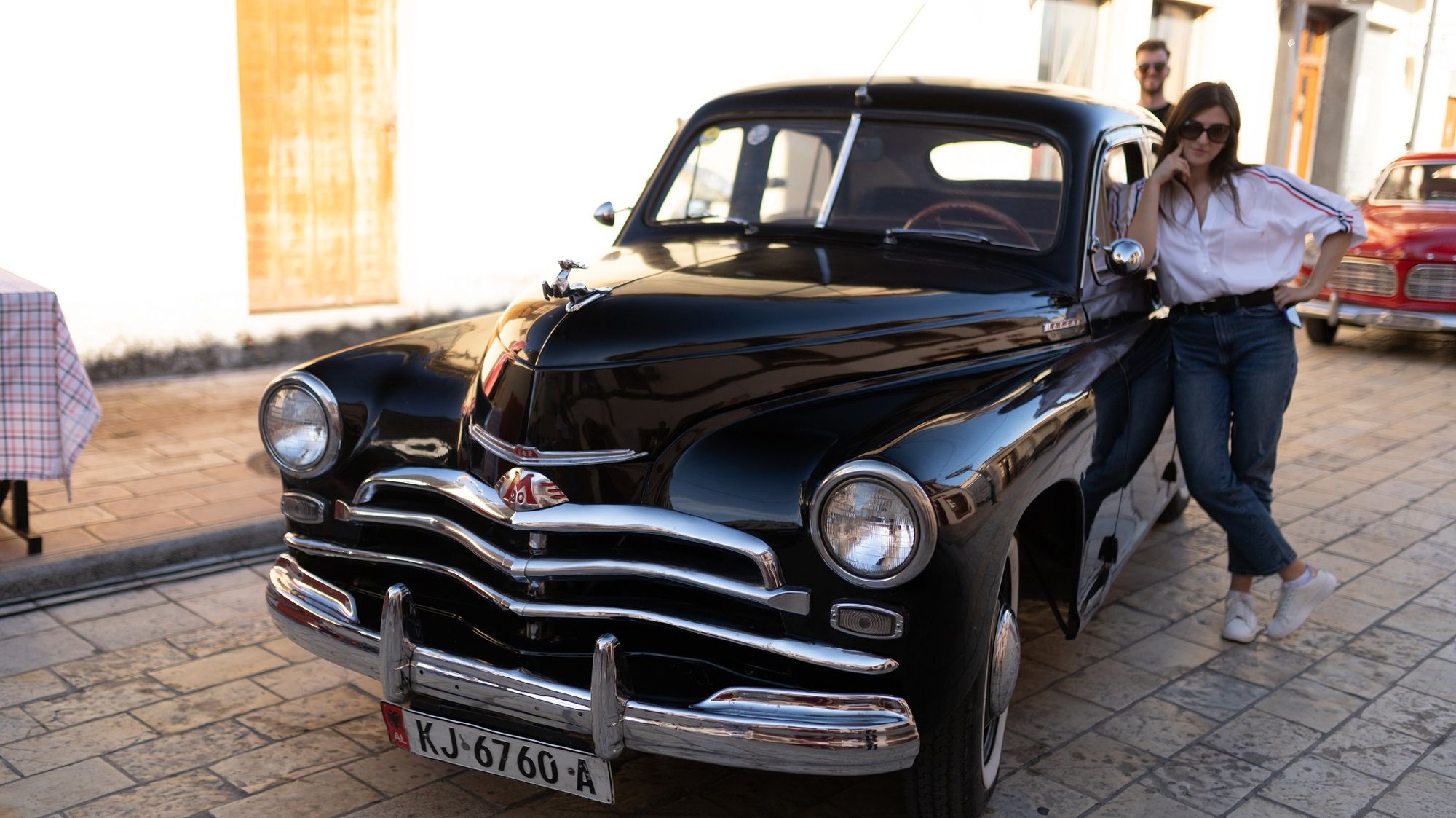
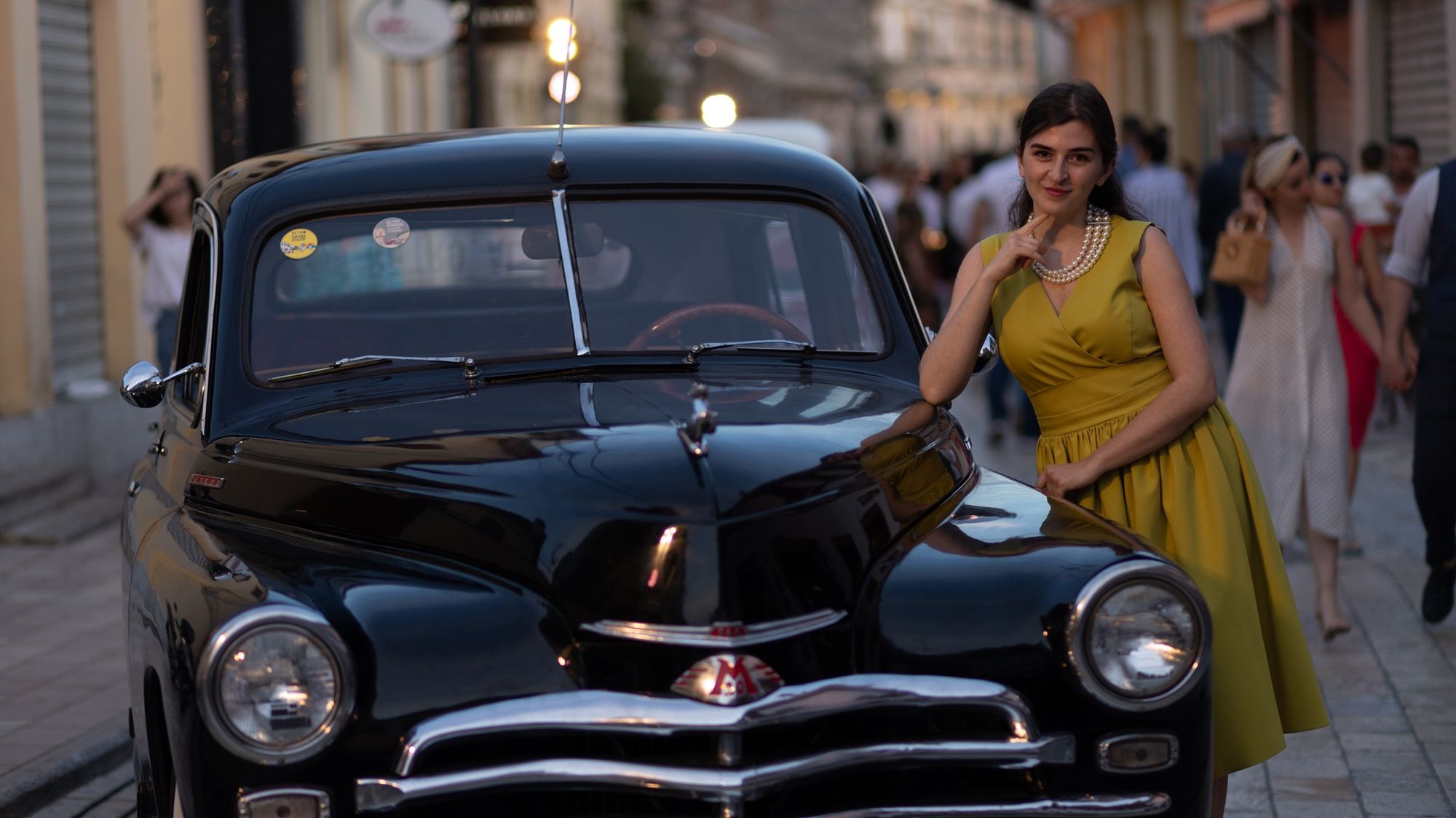
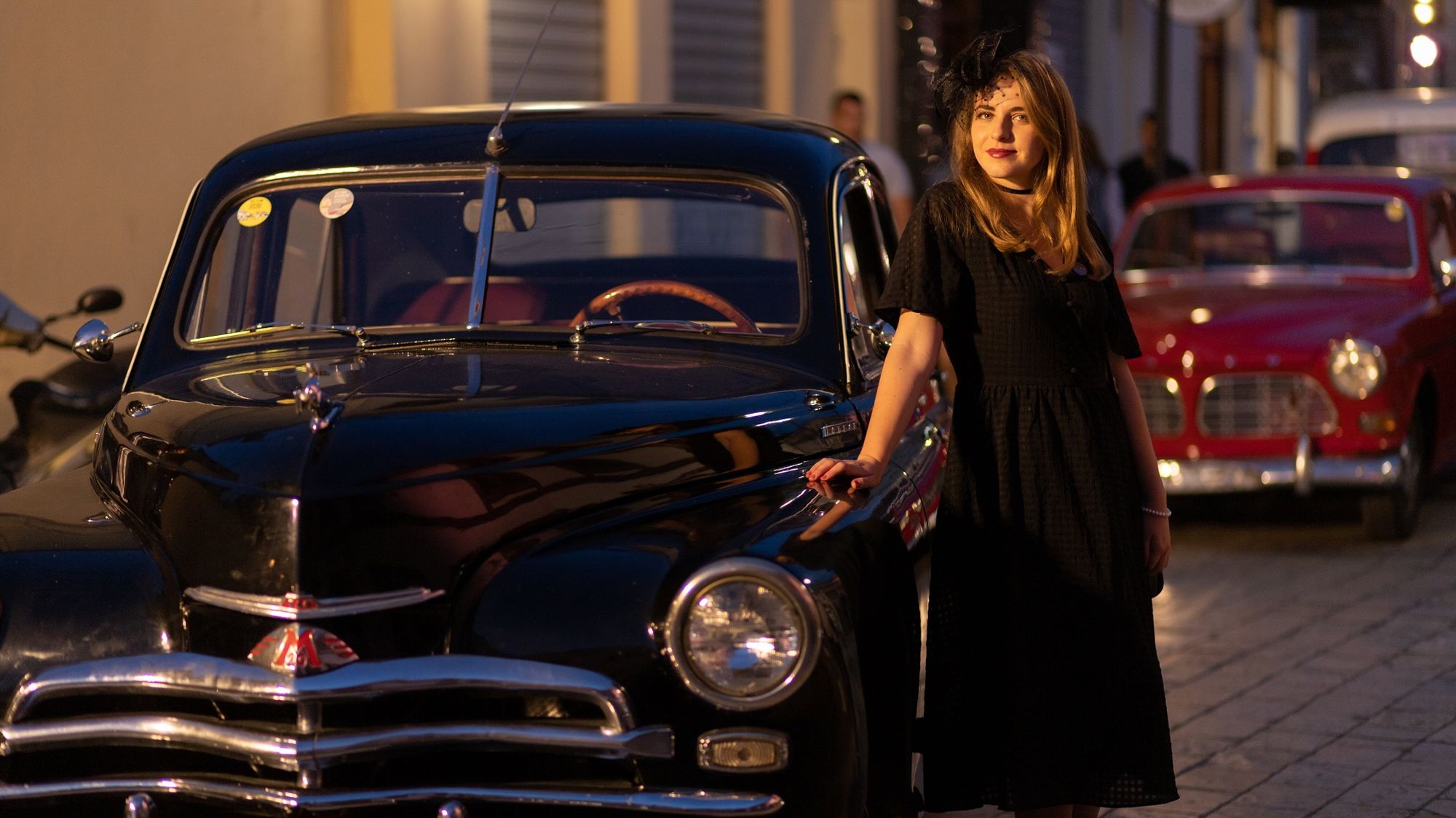
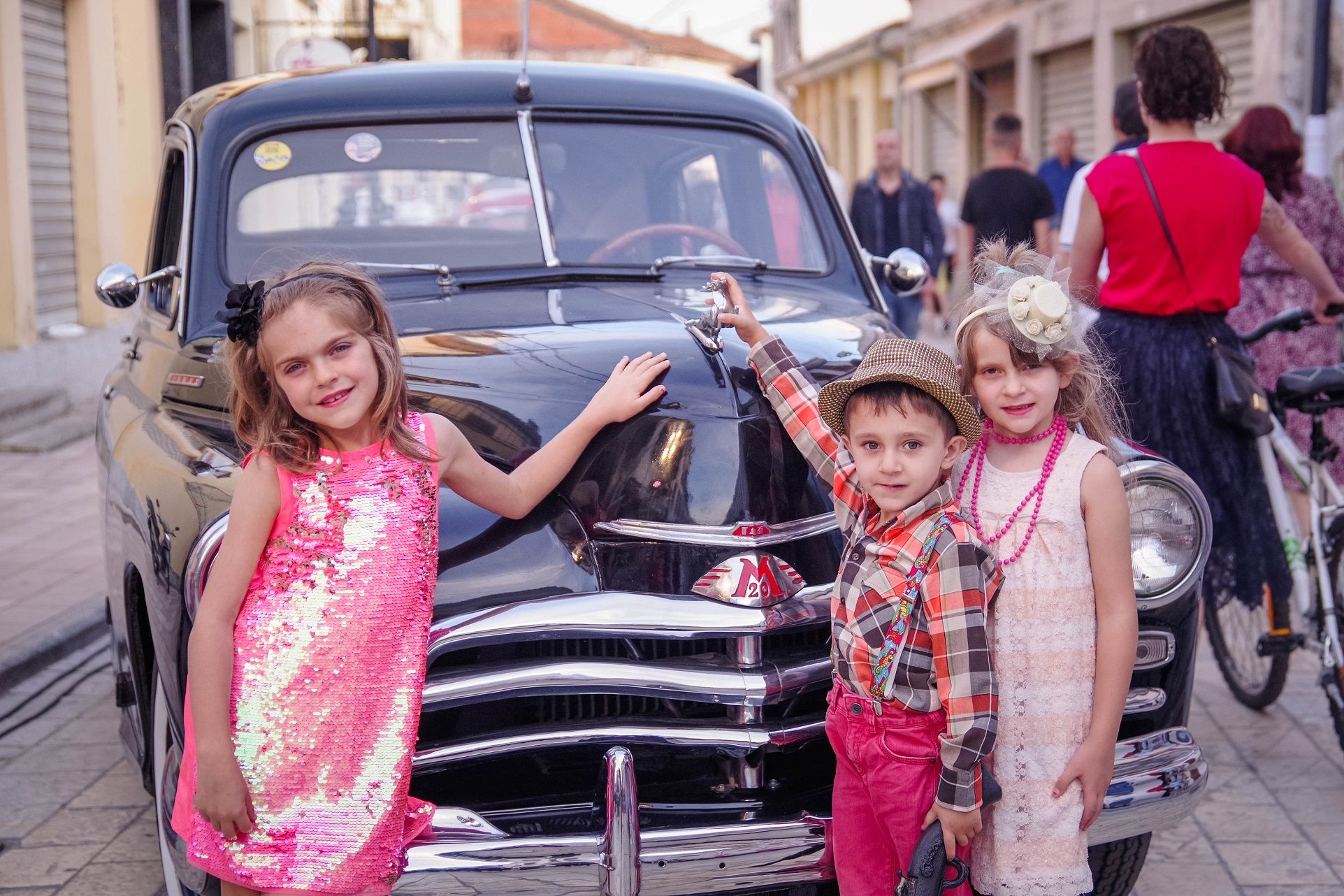
The first cars were scheduled to be delivered on 28th June 1946, barely 10 months after the decision to mass-produce it. The deadline was just too short, but in those days there was not much option in discussing such matters… Thus, the very first M20 Pobeda was released on the scheduled date, and initial production was slow.
However, the hurried rollout caused several technical problems, such as a fragile front axle, the body lacked rigidity, the sealing was poor, and the initial teething problems were just too many. In October 1948, the government decided to suspend production, after some 1700-odd Pobedas had already left the factory.
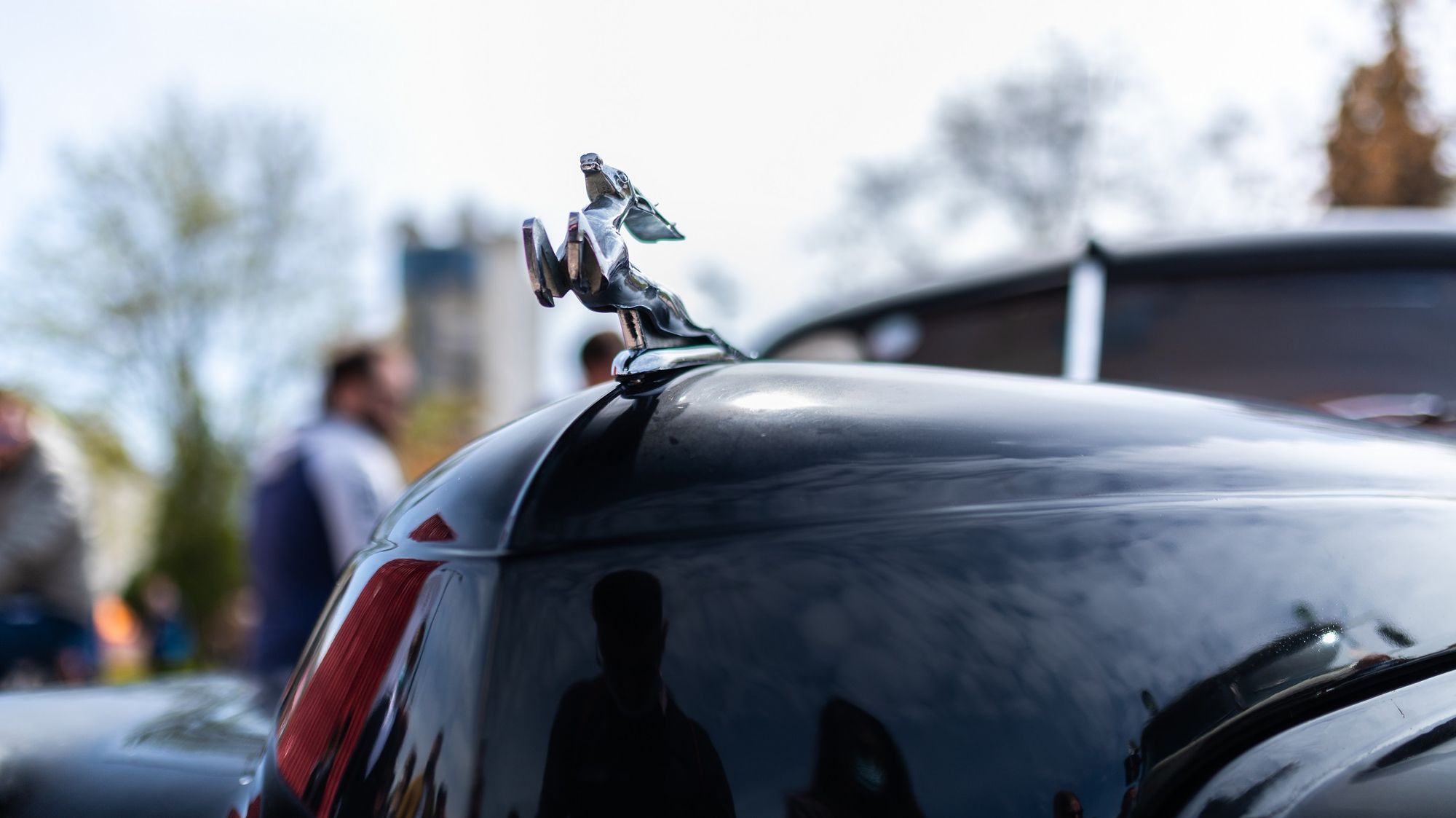
A total of 346 changes were made to the M20. To test the resistance of the bodywork, GAZ took advantage of the first Soviet atomic explosion, on 29th August 1949, in the Kazakh desert, and placed several Pobedas at varying distances from the place of the explosion!
The first of the second phase Pobedas left the factory on 1st November 1949. During the 1950s it was Russia’s best-selling car. With the vast majority of the Soviets not having the means to buy a car (not even the smaller, cheaper Moskvitchs), the Pobeda was mainly acquired by the government, some businesses and was popular as a taxi.
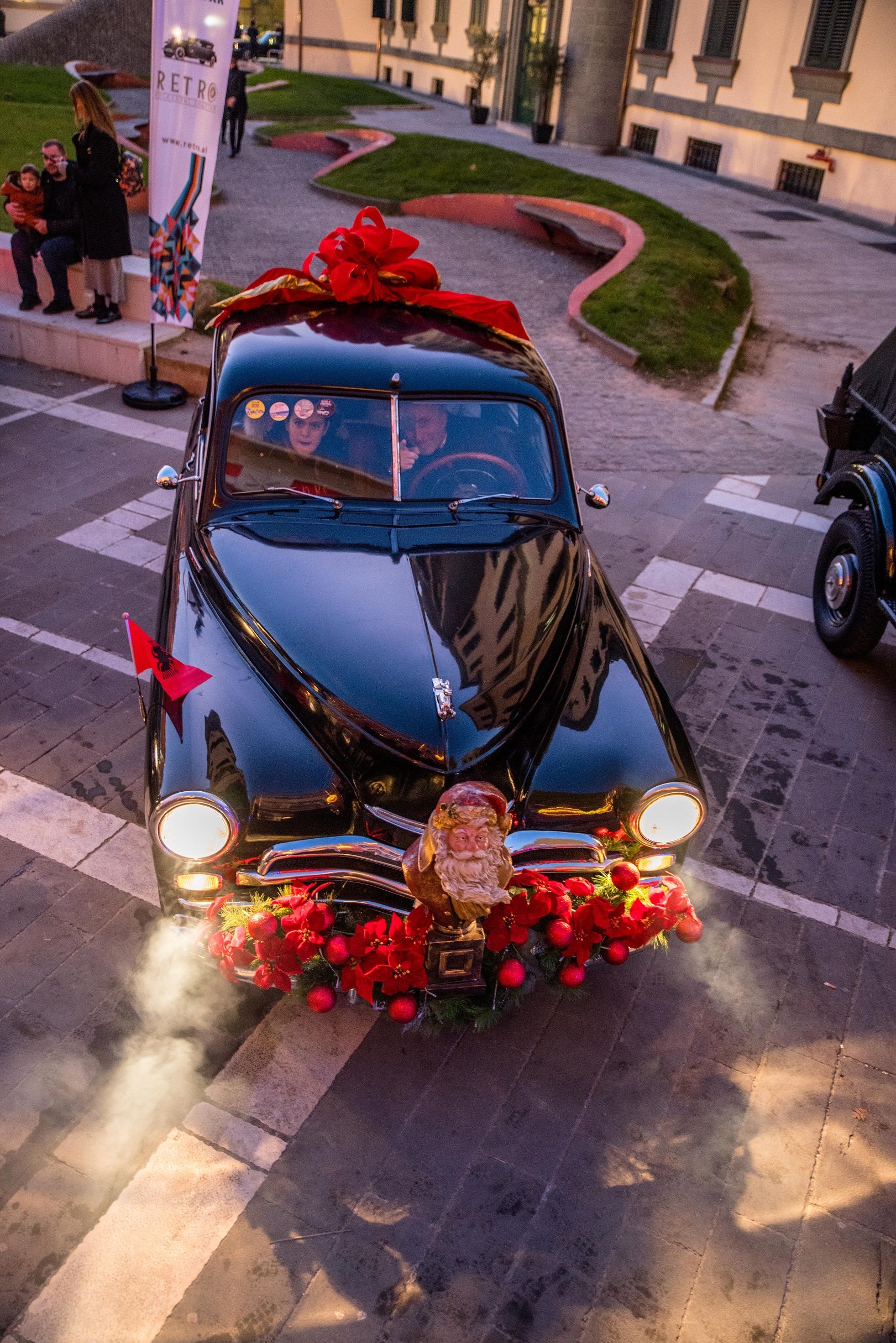
The convertible version was also launched in November 1949 and was produced until 1953. A few pick-ups and very rare station wagons were also made.
In 1952, maximum power of the engine was bumped up by a 2bhp… to 52bhp, which gave the Pobeda a V-max of… 110 km/h (as compared to 105 previously), with the average at around 9 km/litres. In 1955, the Pobeda 20V was given a new grille and a modified dashboard.

The same year, an innovative version was launched—a Pobeda body mounted on the chassis of the GAZ 69 4x4, giving the world one of the first crossovers ever! This model, the type M72, was developed at the request of Nikita Khrushchev himself.
When the new GAZ Volga entered production, in December 1957, the production of the Pobeda came to an end in Russia. The Polish manufacturer FSO, which had been marketing the Russian car since 1951 under the name of Warszawa, went on to produce it until 1973.
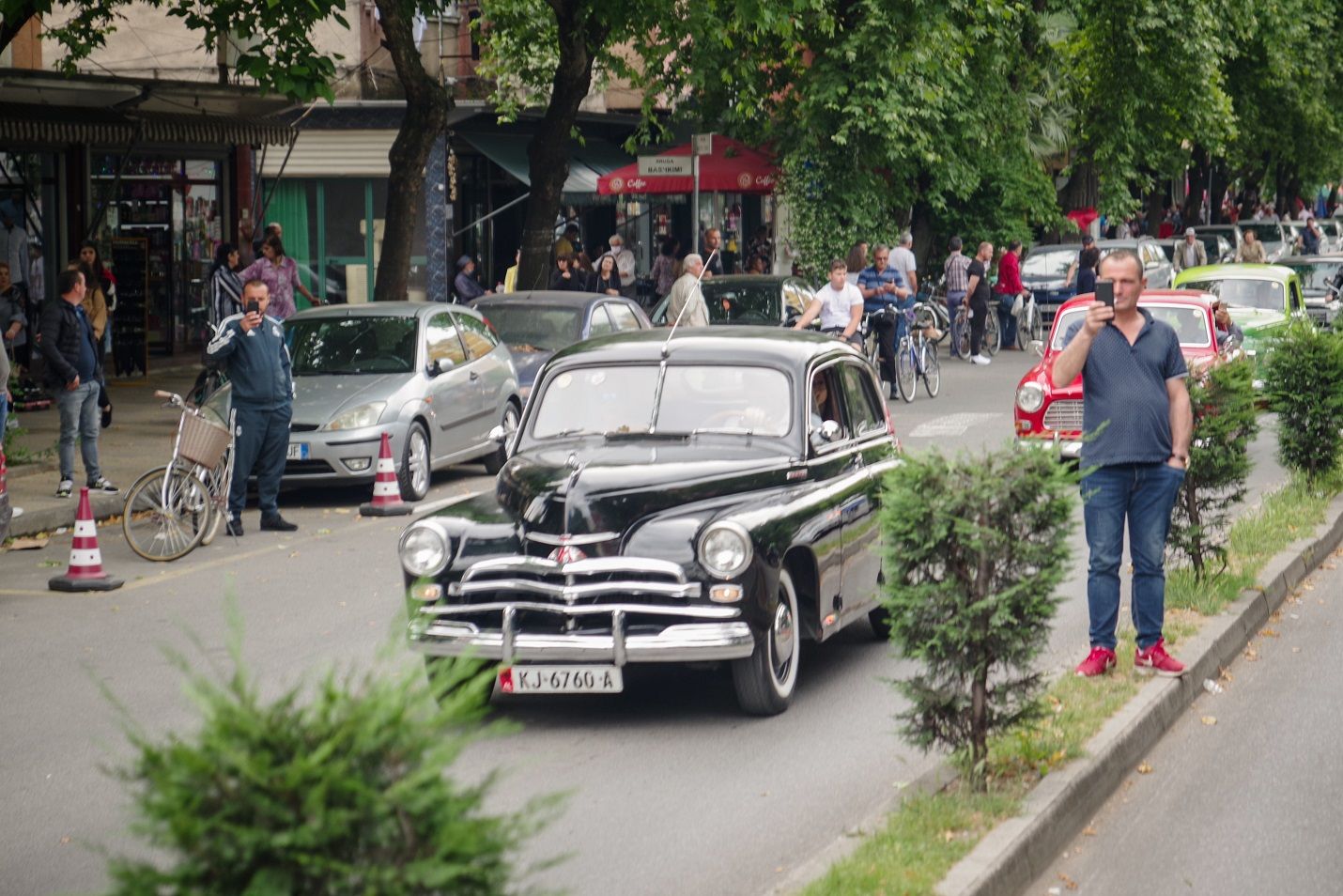
In the 11 years that the Pobeda was in production, more than 240,000 were made. And that included some 37,000-odd taxis, 14,222 convertible saloons and 4,677 M72 type 4x4s.
As it turned out, one of these Pobedas wound up in the collection of Vigan Karkini in Kavajë, Albania. “Vigan Karkini, who is a young man of 53 years now, began collecting historic vehicles at the age of 26,” explains Retro Albania’s Sibora Xhemali. “The origin of the retro virus may be traced back to the first car he ever owned, a military Jeep that he purchased in 1995.”
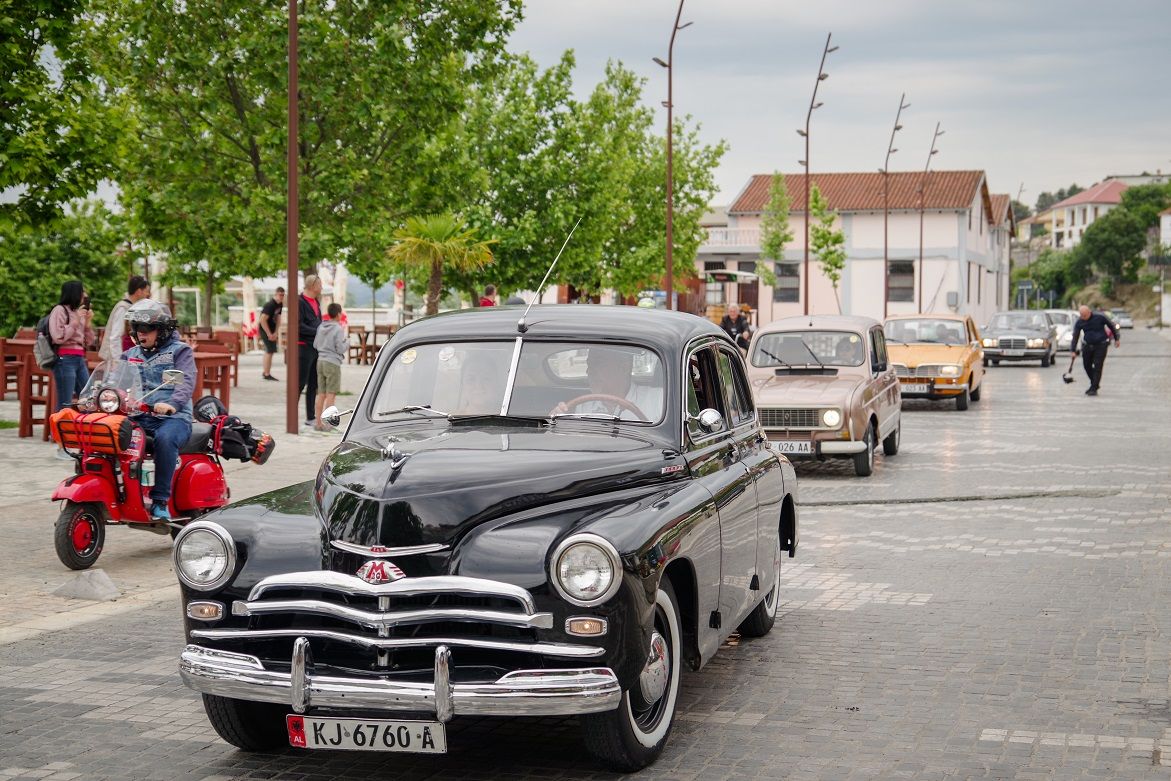
Karkini’s forte is Russian automobiles such as the Gaz 69, Volga, and Pobeda, as well as the Russian motorcycle M-72, though Italian motorcycles including Moto Guzzis are a particular favourite too. He also has a rare Delahaye 122 coupe from 1933, which we will feature too, one of these days.
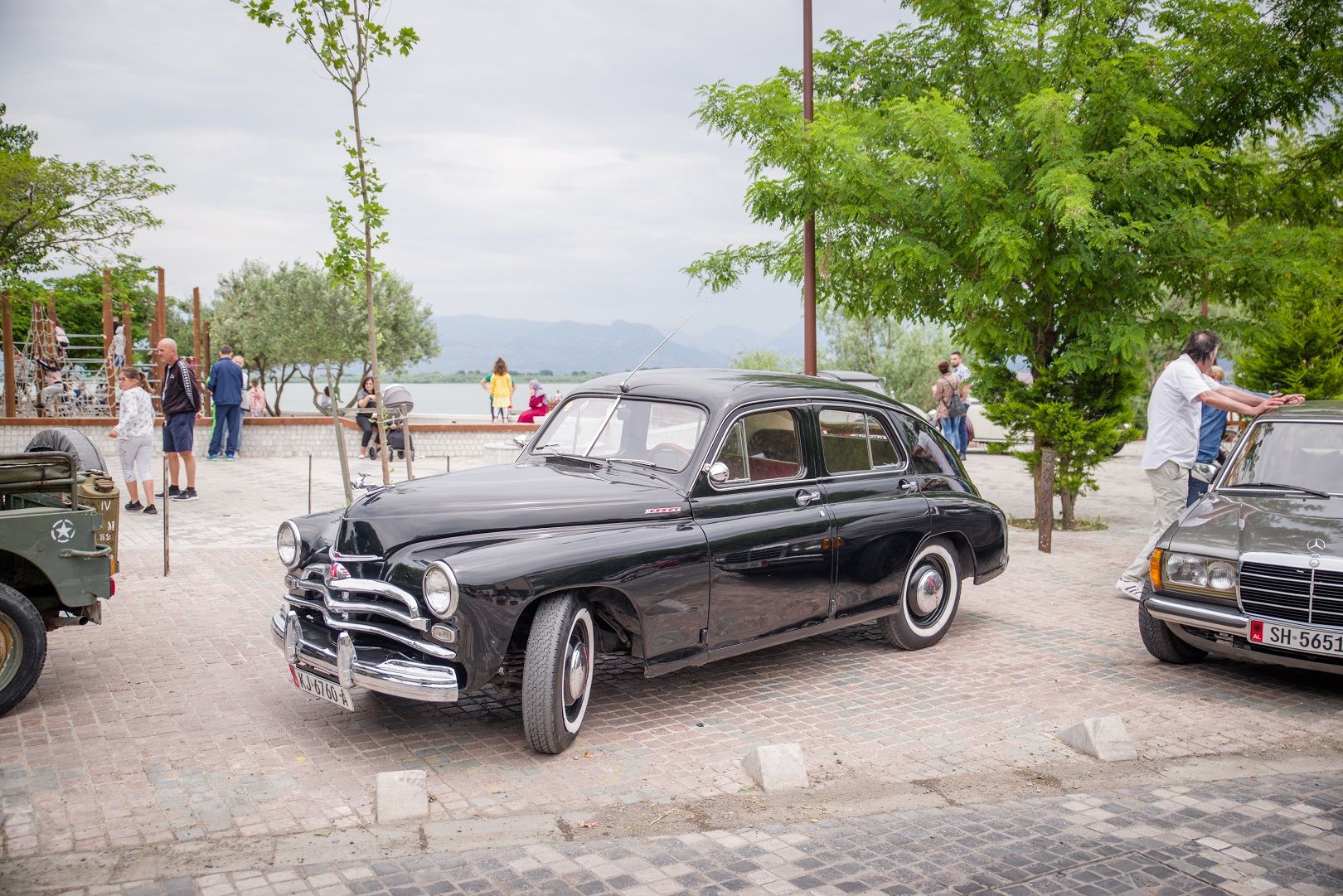
“As someone who has always appreciated the unique and the timeless, as well as the old and the historic so that they don't go away, this enthusiasm was formed of pure happenstance, if not fate itself,” explains Xhemali, giving us to take a close look at a car that is indeed rare and special.
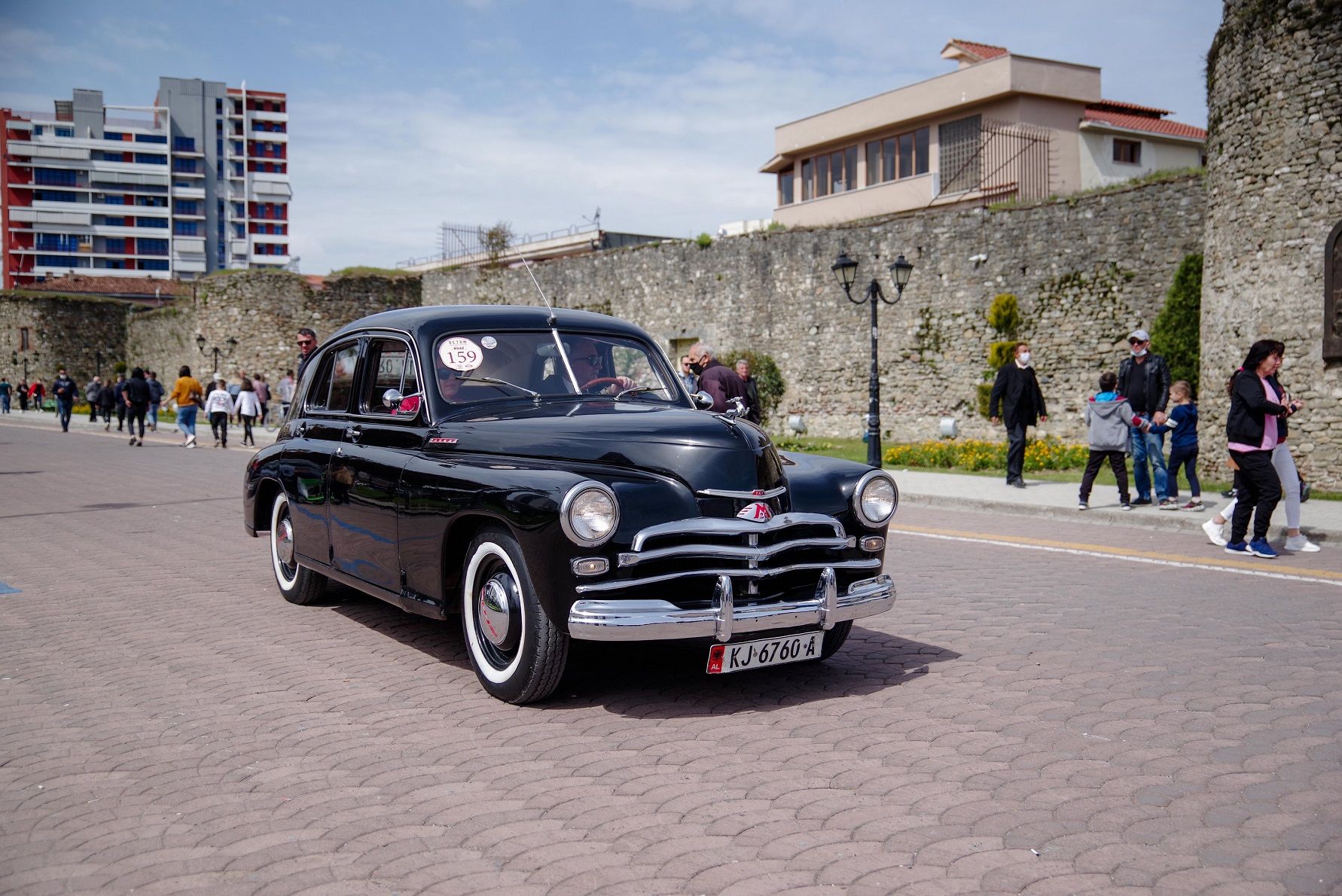
- Inputs by Sibora Xhemali
Comments
Sign in or become a deRivaz & Ives member to join the conversation.
Just enter your email below to get a log in link.
